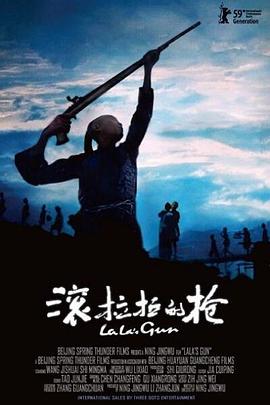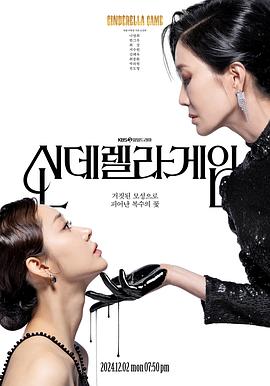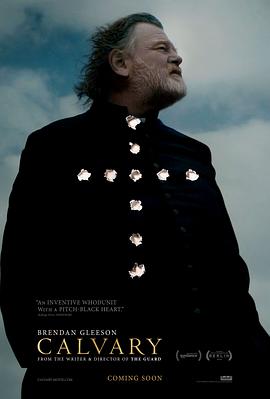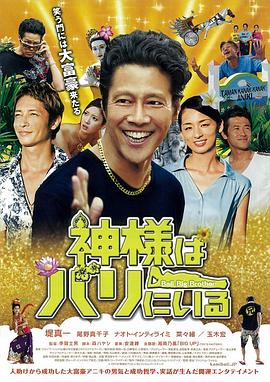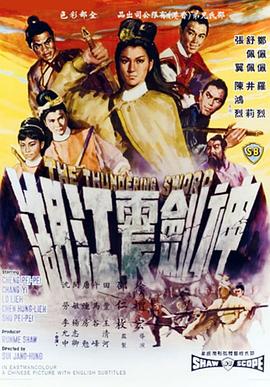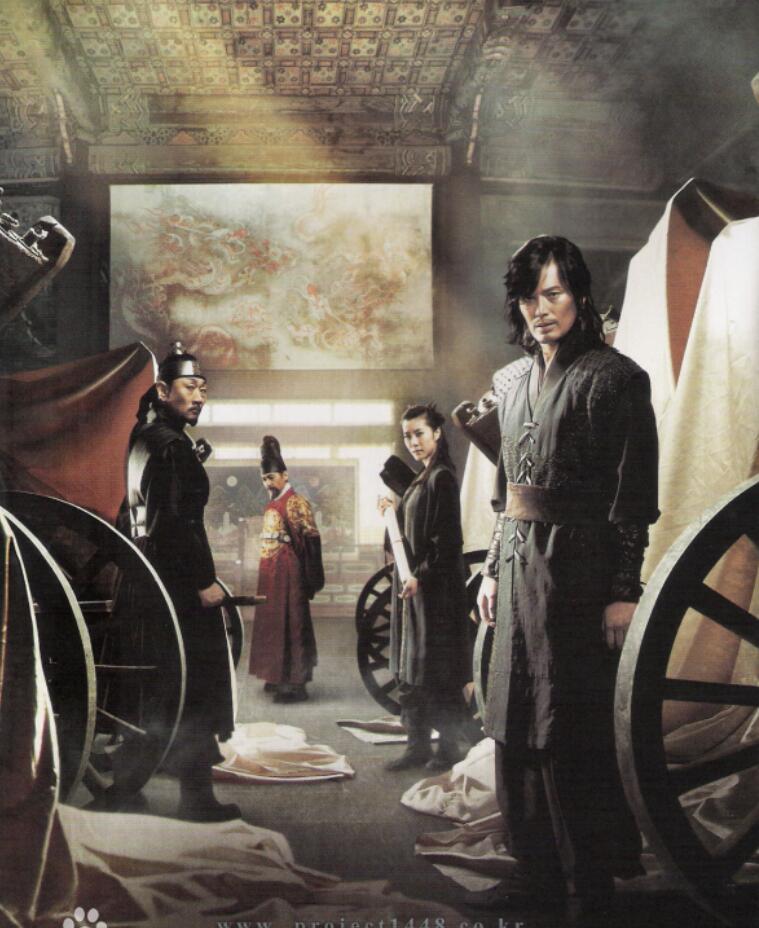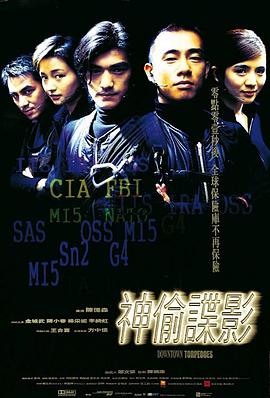The Yu Opera "Cheng Ying Saves the Orphan" is a story originated from the "Orphan of the Zhao Family" during the Spring and Autumn Period and has been[Expand All]
The Yu Opera "Cheng Ying Saves the Orphan" is a story originated from the "Orphan of the Zhao Family" during the Spring and Autumn Period and has been widely spread in China for over two thousand years. It was staged during the Yuan Dynasty. Up to now, "The Orphan of Zhao" is still performed in Peking Opera and other local operas, remaining popular for a long time. In 2001, the Second Yu Opera Troupe of Henan Province adapted and staged this legendary story into a large-scale ancient costume Yu Opera titled "Cheng Ying Saves the Orphan". Since its creation and production, the play has been performed over 400 times in seven provinces and cities including Henan, Beijing and Shanghai, and has been hailed by the opera criticism circle as "a great tragedy". In recent years, it has successively won the National Wen Hua Grand Prize, the Audience's Favorite Play of the 7th China Art Festival, one of the top ten National Quality Plays, and the Excellent Opera Play Award of the Five-One Project of the Publicity Department of the Communist Party of China Central Committee. To bring this classic Yu Opera to the big screen and satisfy the appreciation desires of more opera enthusiasts, Henan Film and Television Group and Henan Yu Opera Troupe No. 2 have joined hands to recreate the play with modern film concepts and the unique artistic techniques of Yu Opera, aiming to achieve a perfect blend of film art and opera art. The film is directed by Zhu Zhaowei from Henan Film and Television Group and executive directed by Zhang Ping from Henan Art Research Institute. The Yu Opera performing artist Li Shujian takes on the leading role. To make the play more in line with the expression requirements of film art, the creative team of the production team boldly innovated in aspects such as stage design, costumes and props, and shooting techniques. They replaced the overly outdated and trivial art design with a freehand style, highlighting the emotional outpouring of characters like Cheng Ying. In terms of content, they retained and strengthened the "loyalty and righteousness" and the spirit of sacrifice that Cheng Ying demonstrated in critical moments At the same time, it endows this traditional "loyalty and righteousness" with new connotations: Cheng Ying endured humiliation and hardship to save the orphan. This was not only loyalty to the monarch, but also for justice, for the fate of the nation, and for the faith in his own heart. Li Shujian, who plays Cheng Ying in the play, vividly portrays the humanistic brilliance displayed by the protagonist in the struggle between justice and evil through his performance of "delving into the inner world of the character". The last one[Collapse]




